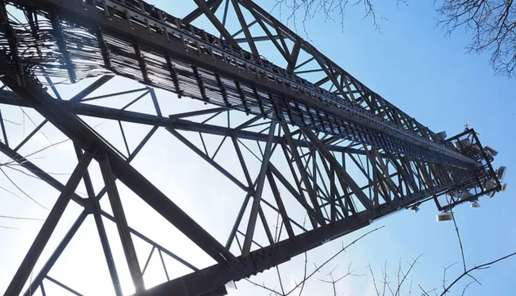LTE: Learning What You Don’t Know
Posted: September 6, 2018

By Nick Dewar, Telrad Networks.
LTE is just not as easy as Wi-Fi, although the benefits far outweigh the additional design consideration when it comes to deploying a fixed wireless network. LTE deploys differently than other Wi-Fi based and proprietary wireless technology. As a result, operators will not succeed if they use the same ideas and concepts deploying LTE as they do with the other technologies.
The secret to helping operators become the hero in the eyes of their customers is to understand how to get the full potential out of LTE.
Operators are burdened with many obstacles in meeting the throughput demands of its customers. And throughput demand is increasing as households have several devices simultaneously streaming video and gaming applications. That’s why many are moving to standards-based fixed LTE. More on that in a bit.
A big bite can be taken out of an operator’s profit margin anytime there is an unanticipated truck roll to a tower to fix a radio problem. Oftentimes, the problem is a lack of network optimization, which means capacity is at a fraction of the potential.
Fixed LTE is Different than Other Wireless Technologies
Fixed LTE is not a technology that uses the same assumptions as other wireless technologies. In fact, it would be a disaster if an operator deployed a fixed LTE network using the same methodology and ideas as Wi-Fi or other proprietary technologies. Here are some differences:
OFDMA vs OFDM. LTE Uses OFDMA (Orthogonal Frequency-Division Multiple Access). Whereas Wi-Fi and other proprietary Wi-Fi-like technologies use OFDM (Orthogonal Frequency-Division Multiplexing). OFDM services a single user at any moment in time using the entire broadband channel. The result is an inefficient use of the spectrum and less consistent throughput per user in a scaled network. OFDMA allows for dynamic sub channelization within the broadband channel. The result is the ability to adapt resources real time, servicing multiple users concurrently. This translates to higher average throughput per user and better use of the most precious resource – spectrum.
LTE leverages HARQ (Hybrid automatic repeat request), along with dynamic rate adaptation as part of a MAC scheduler, to ensure consistent, reliable performance in a multipath, NLOS environment. Other wireless technologies lack this scheduling capability and try to avoid multipath propagation, which ultimately limits deployments to line of sight.
LTE is non-line-of-sight (NLOS) In a dense FWA deployment, there can be unwanted self-interference. This is because professionally installed directional CPEs are preferred, due to budget benefits. These higher gain directional antennas translate to increased reliability along with higher modulation and coding, which ultimately improves overall capacity of the sector. This can create challenges in a handover enabled network as directional subscribers can easily wind up interweaving in terms of sector associations resulting in unnecessary inference. This can be managed through careful planning with the use of alignment tools along with cell locking.
The success of any deployment is directly correlated to the radio network design. When radio planning is executed carefully, an operator can optimize coverage and throughput, which in turn provides a greater return on their investment. For example, the antenna in a 3 GHz NLOS deployment needs to be 2-3X higher than the tree canopy for an optimized sector implementation. This minimizes the attenuation by optimizing the angle of incidence.
Understanding how LTE works in addition to utilizing the proper network tools at the beginning of a project provides the best chances for a successful installation thereby eliminating reactive cleanup. Operators can sign up and attend a two-hour, interactive, Telrad-developed webinar that covers fixed LTE best practices, out of the box configuration, installation guidelines and basic system administration. It also incorporates a basic understanding of how to provision CPEs, access relevant entities within the network ecosystem and perform basic troubleshooting support.
At the end of the day, our goal is to help make network operators heroes in the minds of their customers by having a high performing network at first install resulting in a higher value service offering.
Previous Post
Security Concerns for K-12 Networks
Network security is inextricably linked with BYOD, but it is also an issue of its own. Protecting student data has been a concern in K-12 for years.
Next Post
Hospitality IoT Made Easy: Give Your Guests a Home-like Automation Experience
From digital assistants to wireless speakers, webcams, environmental controls, security systems and more, consumers are accustomed to instant and e...

